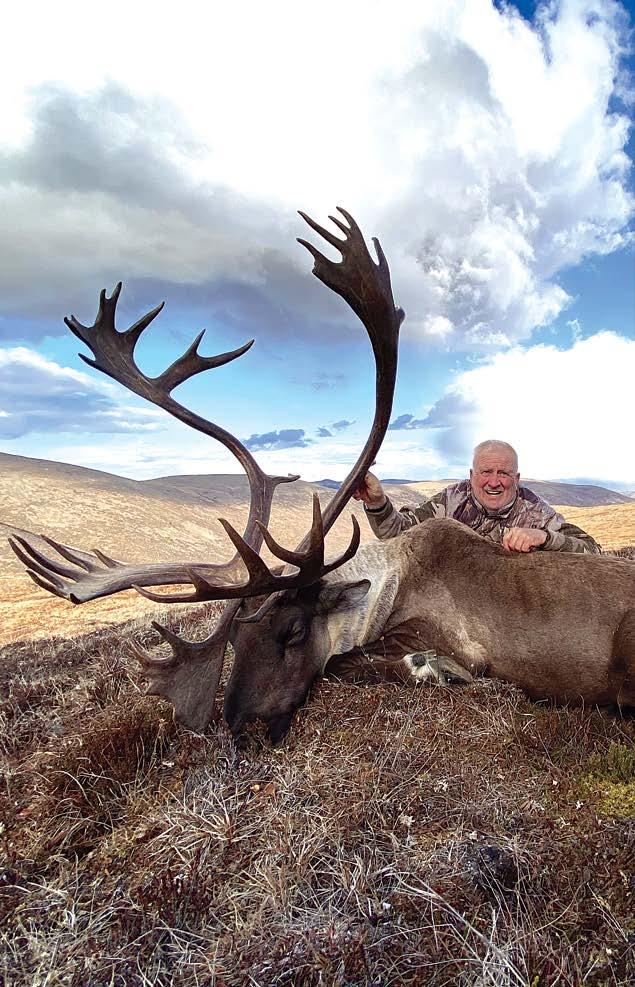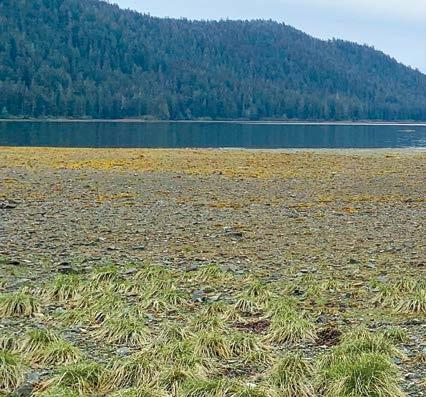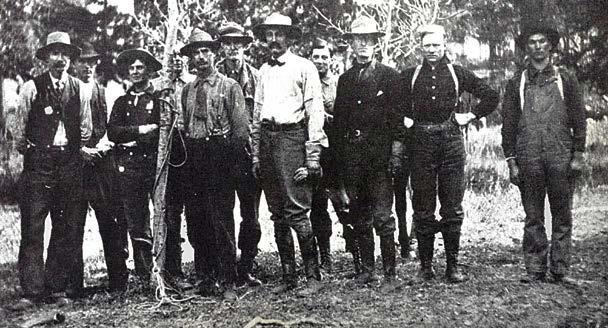1887
Since
K ENDA LL HOXSEY- ON YSKO B&C REGULAR MEMBER AND HISTORY LIAISON
MEMBER BIOGRAPHIES
GIFFORD PINCHOT
HIS LEGACY OF WISE USE — 8/11/1865 - 10/4/1946 Not many people have varied lives that rival someone like Theodore Roosevelt, but in many ways T.R.’s mentee Gifford Pinchot comes close. T.R. wrote in his autobiography, “Gifford Pinchot is the man to whom the nation owes most for what has been accomplished as regards to the preservation of the natural resources of our country.” Born in 1865 right after the Civil War, Pinchot grew up an avid outdoorsman. Born into wealth and privilege, his grandfather, Cyrille Pinchot, made millions as a lumberman, in addition to his merchant father, James Pinchot, and heiress mother, Mary Eno. A young Pinchot was known as gregarious, amiable, and confident. Spending most of his time in New York City and Connecticut among the Eastern upper class, Pinchot was expected to achieve great success in business as well as
Gifford Pinchot, center, with a group of forestry officials and rangers on a timber marking operation in the Absaroka Division of the Yellowstone Forest Reserve in 1906. 22 FAIR CH A S E | FA LL 2 0 2 1
civil leadership. It was on summer holiday trips to the Adirondacks that exposed him to the natural beauty of the outdoors. Pinchot attended Yale University from 1885 to 1889 intending to begin his education as a forester. At the time, Americans had not even begun to think about forest management. European forestry protocols and teachers were finding their way to a few select American institutions. As a result, Pinchot continued forestry training in Nancy, France. For his 21st birthday, his parents presented him the 1882 edition of George Perkins Marsh’s, The
Earth as Modified by Human Action. Marsh made the connection that environmental despoliation had been the reason for the collapse of once great civilizations. This thesis became one of the cornerstones of Pinchot’s life and further fueled his enthusiasm for forestry. After returning from France, his first job was forest manager at George Vanderbilt’s Biltmore Estate in North Carolina in 1892. It was here that Pinchot implied that active management of forest could improve wildlife range and protection for watersheds and prov ide sustai ned crops of
commercial timber indefinitely. Pinchot’s three cornerstones of leadership were efficiency, rational planning, and scientific management. In 1898 Pinchot became the fourth chief of the Division of Forestry in the U.S. Department of Agriculture under President McKinley. In this role Pinchot regulated grazing, logging, and mining. At this time Pinchot joined the Geological Survey as a committee member, along with Arnold Hague— both members of the Boone and Crockett Club. Their method of forest management had the support of B&C. Most B&C members at this point in









